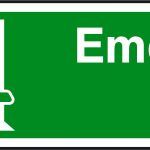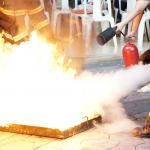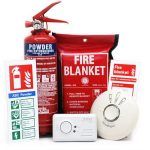
How Would Your Business Respond To A Natural Disaster?
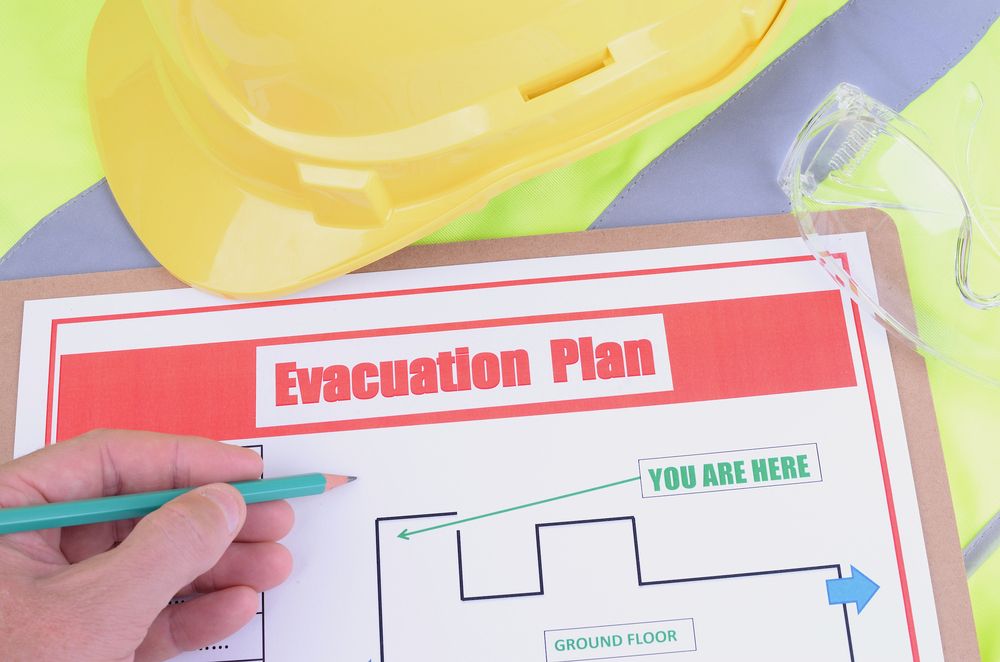
Small businesses can avoid getting insolvent through incorporating. However, businesses cannot incorporate to protect themselves against flooding, earthquakes, tornadoes, wildfires and other natural disasters. Companies that do not have an updated natural disaster response plan usually find it difficult to recover after such events.
This article provides clear information to help businesses draft an effective disaster preparedness plan. Taking cues from this post makes it easy for business owners to remain open when the force of nature recedes.
How a Business Can Prepare for, Respond to & Recover from Natural Disasters
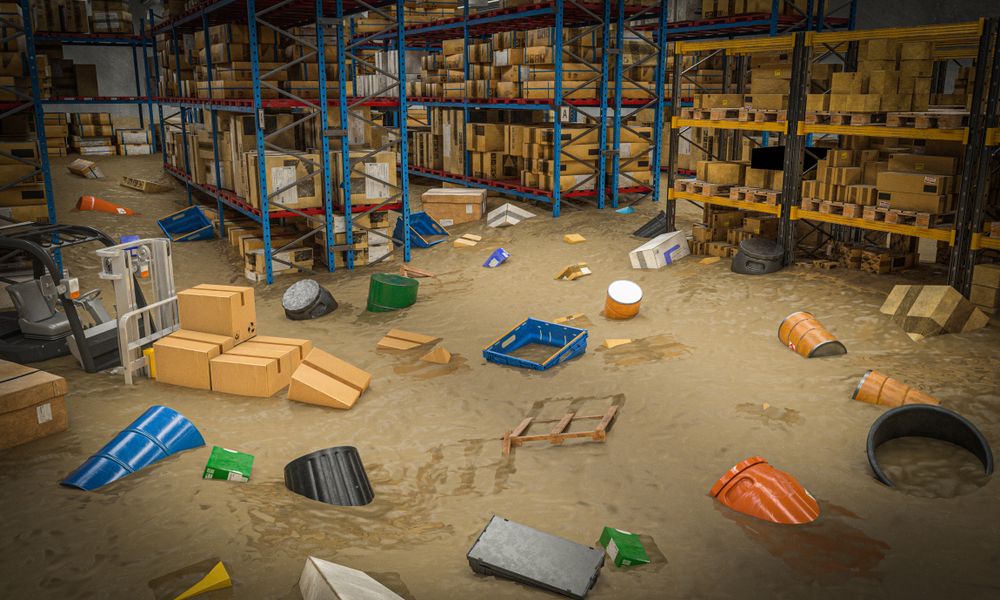 A business must complete three (3) important phases to respond to the effects of natural disasters. Businesses that fail to pass through these stages may find it impossible to return to normal operations after the event takes place:
A business must complete three (3) important phases to respond to the effects of natural disasters. Businesses that fail to pass through these stages may find it impossible to return to normal operations after the event takes place:
Pre-Disaster Stage
The pre-response stage to protect your business should include:
Creating a Detailed Disaster Recovery Plan
Outline how you will protect, retrieve and relocate important equipment and machinery. Sometimes, this phase may also call for the complete relocation of your business to a safer location.
Provisions for Emergency Supply Storage
First aid and other emergency supplies (food, water, flashlights, blankets, etc.) might be required depending on your business’ location.
Meeting With Your Insurance Advisor for Reviews
Employers should confirm if they have comprehensive coverage against natural disasters.
Training employees and providing regular updates to your company’s evacuation plan – everyone on your team must know what to do (people and equipment evacuation) if a natural disaster strikes.
Disaster Stage
The phase becomes necessary when it is certain that your business will feel the impact of a natural disaster. It includes securing your building and all non-moveable equipment by boarding entry areas, protecting heavy-duty equipment, etc.
Employers must also ensure all workers are safe from potential dangers the natural disaster might bring.
Aftermath Stage
After the natural disaster loses its destructive force, employers still have lots of work to do. The aftermath of a natural disaster usually determines whether a business will reopen or remain closed forever. At this stage, employers must:
Inspect the Level of Damage
Keep a list of all damages to your building and equipment, take clear photographs to ease documentation.
Contact Their Insurer
Your insurance company will likely send an adjuster over to assess how bad the damages are. At this stage, it’s best to salvage what the adjuster will assess or ensure no further damage affects your business.
Keep Receipts
Expenses incurred throughout the recovery process should be protected, especially if a future claim is highly likely.
Initiate Cleanup Process
Everyone who is to take part in the cleanup should put on appropriate protective equipment to avoid contact with hazards.
Consider Follow-up Measures
After disaster strikes, some businesses might have to consider changing their location. If relocation is a valid option, employers should consider filing a claim for business interruption insurance. Therefore, it becomes easy to cover all costs of relocation while recouping some lost income.
It’s also important to keep employees, vendors, suppliers, and customers in the loop to avoid communication breakdowns.
Advanced Consulting & Training – Safety Policy & Procedure Development
Every business is prone to natural disasters of some sort. A strong natural disaster response plan is the only way employers can avoid temporary or permanent shutdowns after such events.
Taking proactive steps towards keeping your business afloat helps you keep operations running normally. Involving your employees in drafting and executing your disaster response plan brings a more hands-on deck to save your business.
At Advanced Consulting & Training, we believe that an effective policy is an integral part of being a safety leader. For years, we’ve worked with many organizations in the Ottawa area in developing safety plans so that their business has the best chance of surviving should a natural disaster occur.
If you’re interested in working with Advanced Consulting & Training, get in touch with our team today!


